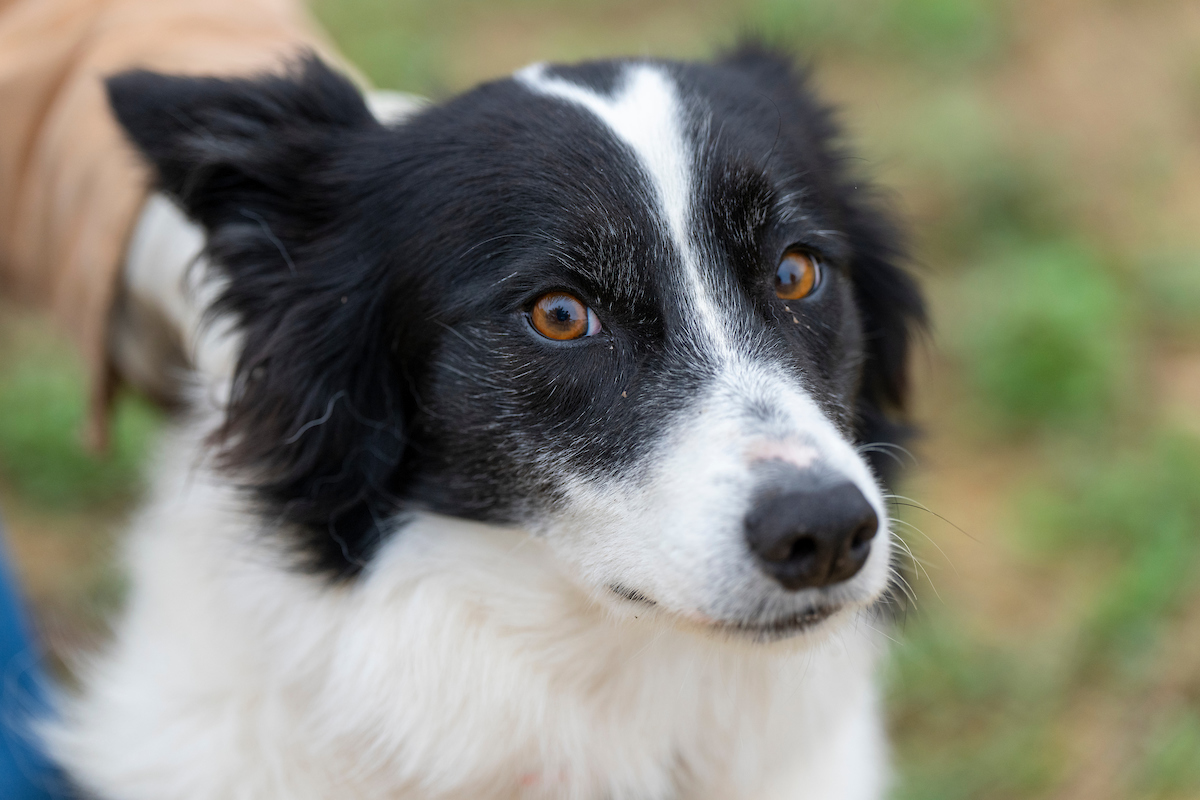Expert: Texas floods can present health problems to livestock, pets
Writer: Blair Fannin, 979-845-2259, [email protected]
Contact: Dr. Terry Hensley, 979-862-3202, [email protected]
COLLEGE STATION – Livestock and pet owners should be on the lookout for potential animal health issues related to flooding throughout Texas in recent weeks, said a Texas A&M Veterinary Medical Diagnostic Laboratory expert.
Insect-borne diseases, toxic forages and skin irritations are just a few potential hazards to consider when it comes to the health of beef cattle, horses and pets.
“When you have so much water, including standing water, you begin to see many health issues arise,” said Dr. Terry Hensley, assistant director of the laboratory and Texas A&M AgriLife Extension Service veterinarian, College Station. “When you have this much rain, it disturbs the soil and brings a host of bacterial spores, like clostridium, to the surface, which can then be washed from pasture to pasture.”

Foot issues can arise in horses and cattle, Hensley said. Horses in wet, muddy pastures have the increased chance of developing a hoof abscess. Hensley said horses that show signs of lameness should be examined by a veterinarian to determine the extent of possible infection.
Other potential problems from excessive rain for consecutive days without shelter can be crusty, scaly skin.
Leptospirosis in cattle can be another issue faced by producers. Wet conditions increase the potential for leptospirosis exposure and can affect cattle, horses, dogs and wildlife, Hensley said. Once infected, animals will shed the disease-causing organism through urine and contaminate the environment, providing other source points of infection for animals.
Leptospirosis can be prevalent in the city as well, affecting dogs and cats. Fever, vomiting abdominal pain and refusal to eat are just a few clinical signs to watch for, Hensley said.
“Something folks in the city don’t think about it, but you can take a dog to the park or even be in a moist area of the yard where a rodent or raccoon has urinated in a puddle,” Hensley said. “A dog can drink from that puddle of water and be at risk.”
Leptospirosis can be a cause of abortion in cattle and horses. There are no obvious clinical signs that livestock are infected with the bacteria.
With young beef cattle, clostridium diseases can occur with excessive moisture. Hensley said blackleg, red water disease and other clostridial infections can result from soil-borne infections. These bacterial spores can be in the soil for many months. Excessive rainfall can disturb the soil and bring the spores to the surface making them accessible to grazing animals.
The lab offers diagnostics tests for those livestock diagnosed with clostridial infections. However, livestock producers are encouraged to vaccinate to protect against some clostridial diseases, like Blackleg.
“Livestock owners are encouraged to check pastures to make sure there hasn’t been any hazardous trash washed downstream,” he said.
Forages, like Johnsongrass and sorghum species, should also be monitored for problems such as prussic acid and nitrate levels. Johnsongrass can grow quickly due to excessive moisture, and when extreme heat follows after excessive moisture, nitrates can build up in grasses. Producers baling hay are advised to obtain hay samples. The lab can also test forages and hay for high levels of prussic acid or nitrate. Information on how to send samples can be found at http://tvmdl.tamu.edu/shipping.
For more information, the agency has a fact sheet available at http://tvmdl.tamu.edu/wp-content/uploads/2014/12/TVMDL_FloodHealth.pdf .





